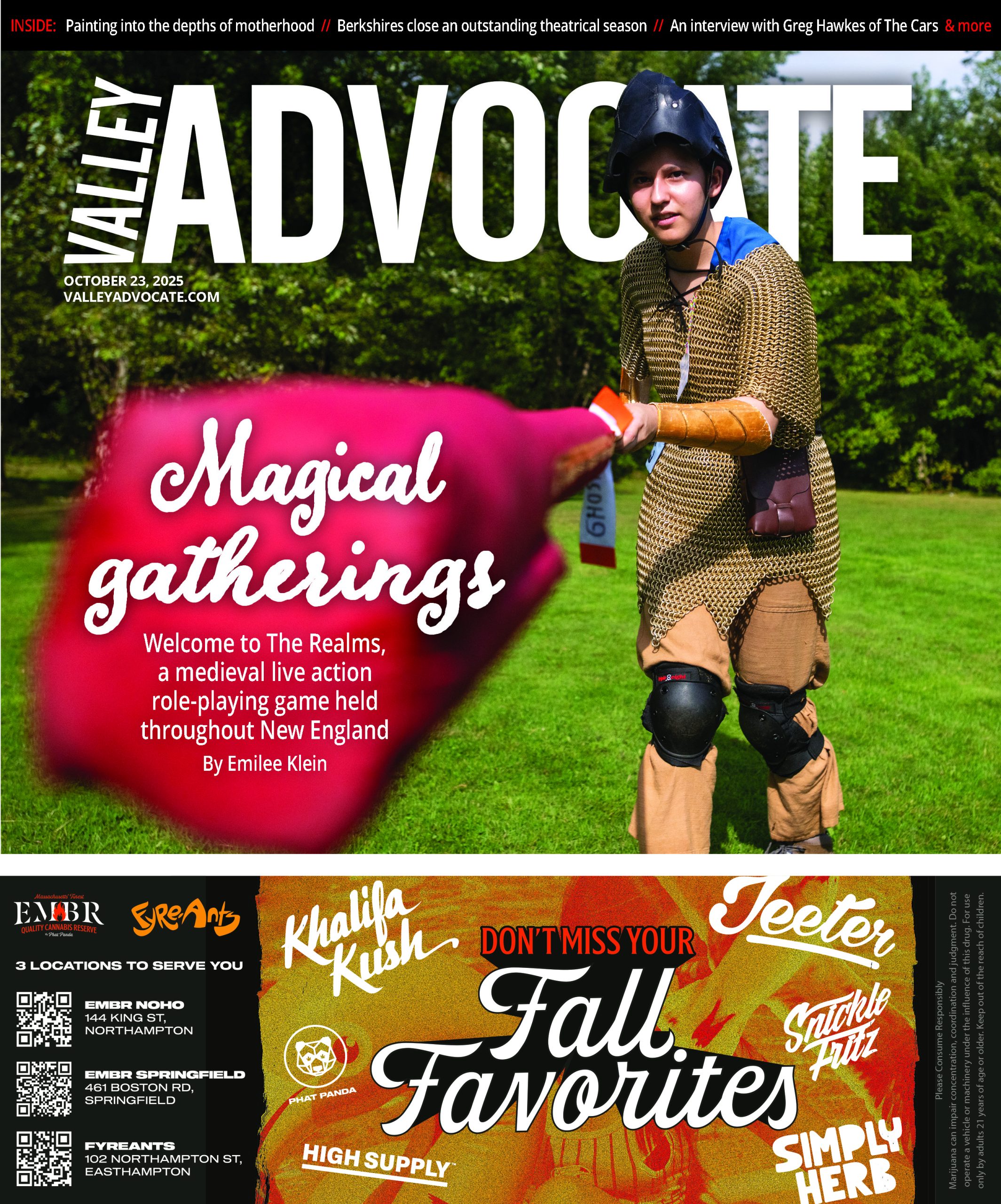In a grainy video on YouTube, Ray comfort and Kirk Cameron discuss the “atheist’s nightmare.” Exhibit A, well and B too for that matter, is the Cavendish banana. The banana, they argue, was perfectly “designed” for consumption by humans: it has a convenient biodegradable wrapper and it’s delicious. It also has a tab to help you open it, and I kid you not, they say it fits perfectly in the human mouth. I really don’t need to draw that joke out. They’ve been widely and justifiably mocked.
Because of course the Cavendish banana wasn’t designed by any higher power. The several species of the wild musa genus are quite a bit less edible because they are full of seeds and very pithy. The bananas that we eat result from a chromosomal anomaly. Most organisms that we’re familiar with have two copies of each chromosome type. With a few exceptions, the edible banana (plantains too) has three – organisms like this are called triploid.
Plants, unlike most animals, can tolerate a bit of polyploidy. Many plants we eat are tetra- or hexa ploid (4 or six times the chromosome number in the gametes). Bananas have a propensity for making these triploid offshoots.
The edible banana can’t make fertile gametes, so it can’t make seeds. They are propagated vegetatively by taking offshoots of the banana “tree” and replanting those. When you open up a banana, you’ll see little failed seeds as black ghosts – they get darker as the banana ages.
Cultivating vegetatively means there’s no DNA exchange. The bananas of any given species are like storm troopers: they’re clones. They’re not really like storm troopers in any other way. Storm troopers don’t change color when they’re ripe and I don’t think those wrappers are biodegradable. They certainly don’t fit perfectly in the human mouth.
Because wild bananas make triploid offshoots so frequently, and because people are always looking for food, there are a lot of varieties of bananas. If you’ve ever been lucky enough to travel to a banana growing region of the world you may have sampled some of these. They come in all sort of sizes and shapes and taste wildly different from the Cavendish.
This week our grocer didn’t have any ripe bananas, so the boss bought some “minis.” The Chiquita website promised that these were a hit for people in the household with small hands (like monkeys). And they were for everyone. Except one neighbor boy, he said they weren’t as good as the big bananas. Elitist pig. Clearly he hadn’t read the website: “they taste just like the normal banana, just sweeter.”
At our grocery stores we can only get a few different bananas because few are as strapping as the manly Cavendish. Nor do they ripen up as nicely when exposed to ethylene. Most bananas like to ripen on the tree and turn to mush in shipping containers. But the Cavendish is in trouble. They’re all genetically identical (or nearly so) and they are susceptible to a fungus that’s kicking around these days: a fusarium wilt sometimes called Panama disease. A similar disease wiped out the last big banana: the Gros Michel.
Unfortunately, breeding bananas is tricky because of this triploid business. What we need is for someone to just design a new one for us. It needs to ship well and ripen after arrival. It should also be sweet, full of potassium and resistant to fusarium wilt. We’re waiting Mr. Comfort.


